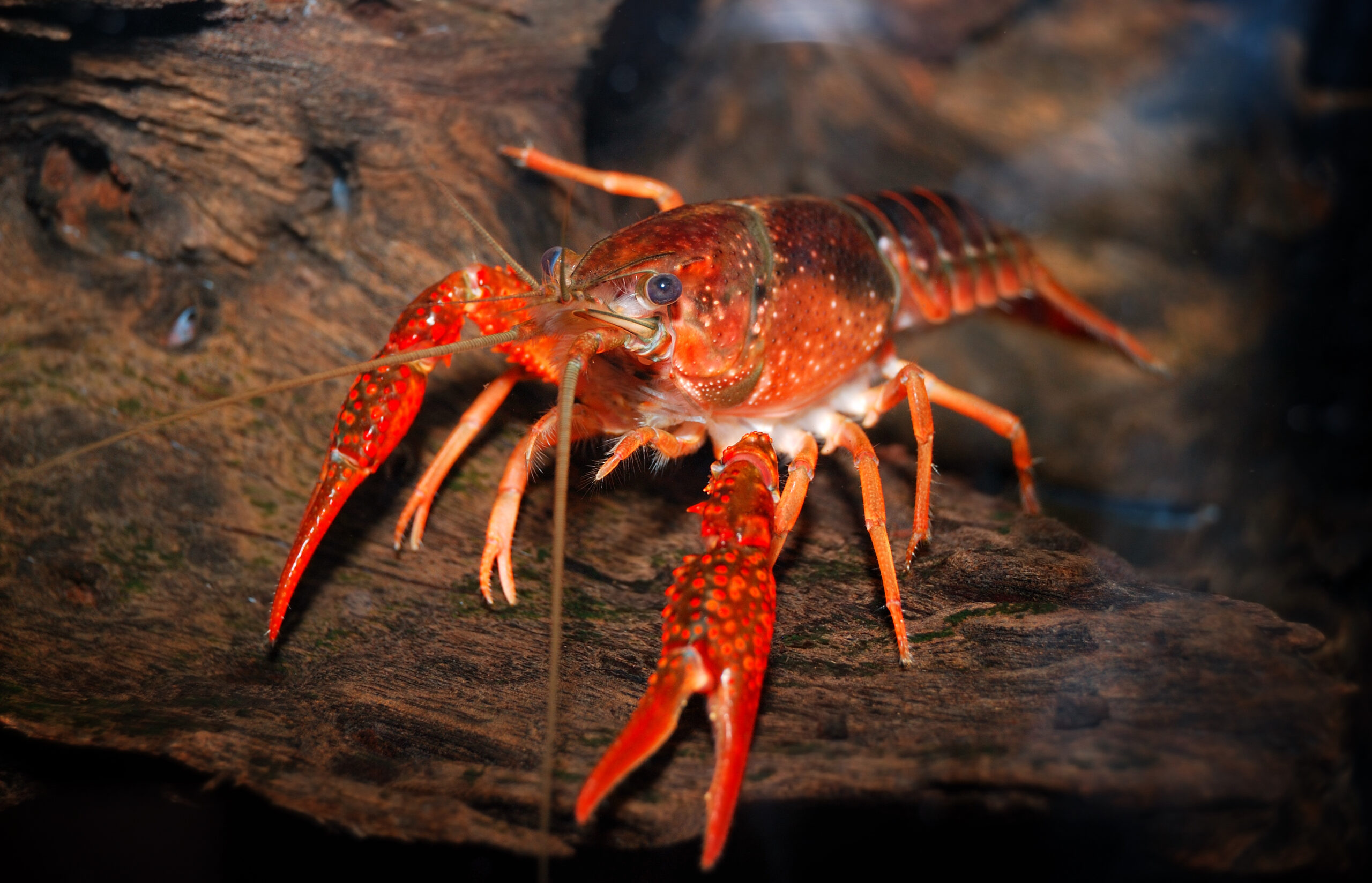In addition to shrimp, more and more crabs have become very popular in aquariums in recent years. The species most commonly found in invertebrate enthusiasts’ aquariums is the orange dwarf crayfish. Cambarellus patzcuarensis sp. Orange, CPO for short, is its scientific name.
The Right Aquarium

Due to their reserved nature and small size, these and other species such as the striped dwarf crayfish can be kept in both large community tanks and small nano-aquariums. Their relatives, the dwarf shrimp, are the ideal roommates. With a water temperature between 10 and 25 °C, you will feel comfortable in both pools
The Variety on the Menu
As with most fish, the feeding of crabs should be varied. In addition to the leaves of the semolina tree, which is distributed in the aquarium, they also like to eat frozen food made from various mosquito larvae and plant-based dry food. The little frugal creatures also like some vegetables like cucumbers or tomatoes.
Beware of Cannibalism
Dwarf crabs do not pose any danger to the plants and fish in the aquarium that does not sleep on the bottom. However, too many individuals of their own kind should not live in a tank, because if the otherwise peaceful crab gets too colorful, it will eat its fellows just on. A stock of six crabs is ideal for a 60-liter aquarium.
Cozy Interior
Crayfish like it dim. Therefore, the light in the crab tank should be just bright enough for the plants. And of course, the aquarium fan who keeps them also wants to be able to see something of the animals. Half of the aquarium should be covered with java moss, nixweed, and other plants. A bit of sea almond, beech, or oak leaves can be spread on the gravel or sand substrate, which is also dark. Moorkien roots and clay tubes are ideal for the rest of the decoration, as they offer the animals a place of retreat after they have molted. The foliage should be checked regularly for rot spots.
Small Outliers

Crabs are very curious animals that like to explore their surroundings – even outside the aquarium. The aquarium should be well covered so that they cannot leave the habitat provided for them. Although they cannot climb up the smooth pool wall, they use air hoses, power cables, and other objects as bridges.
